
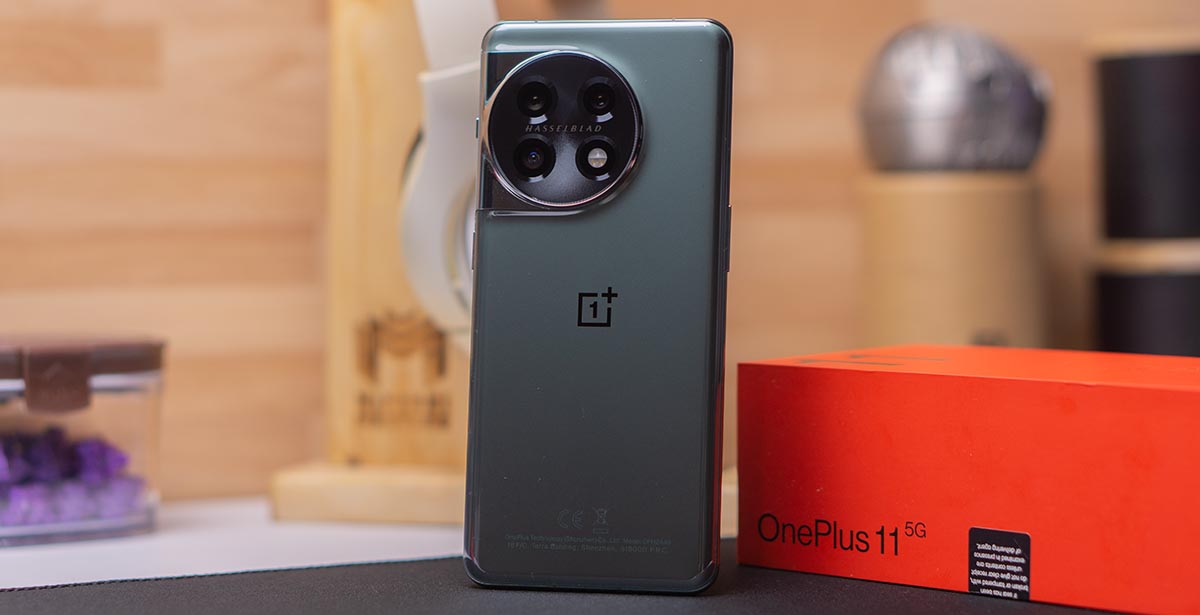
The OnePlus 11 is the first launch from the company and they are already firing on all cylinders. This is their newest flagship packing all the goodies including a powerful Snapdragon 8 Gen 2 chipset, 100W SuperVOOC charging, and an imaging system co-developed with Hasselblad. It has all the elements to become the new “budget” flagship but does OnePlus do more than just sheer specifications?
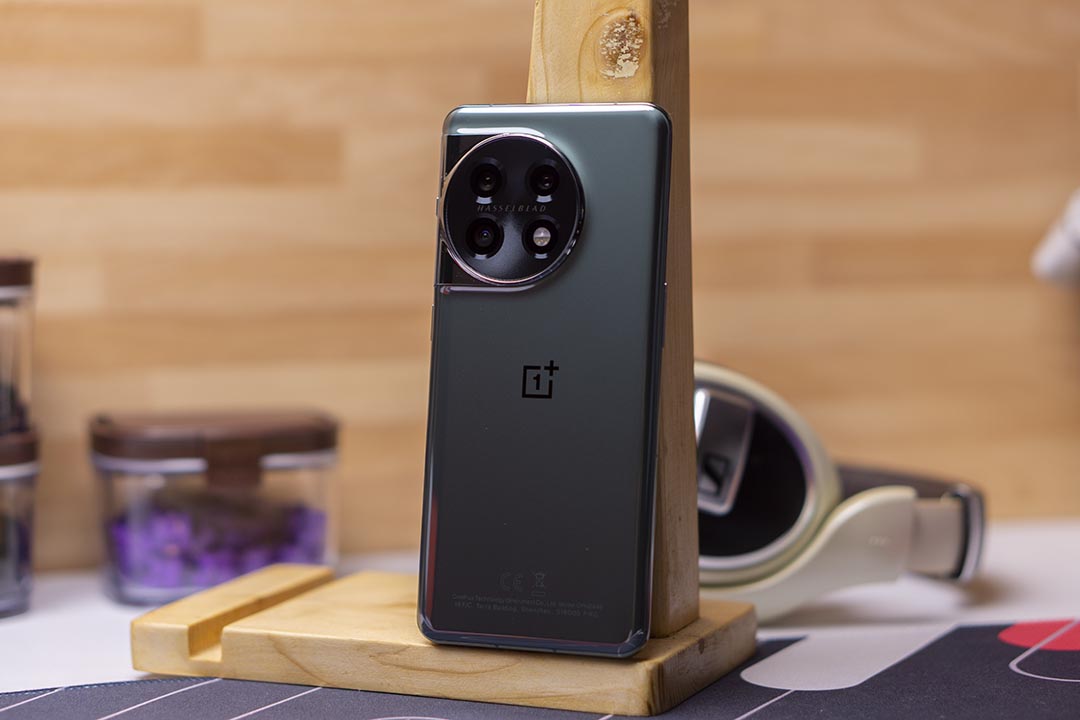
| Chipset | Snapdragon 8 Gen 2 |
| Screen | 6.7-inch Samsung AMOLED, 3216 x 1440, 120Hz, 1300 nits, AOD Support, Gorilla Glass Victus |
| RAM | 8GB, 16GB LPDDR5X |
| OS | Android 13, OxygenOS 13 |
| Rear Camera | Hasselblad Optics; 50MP f/1.8 Sony IMX890 Main; 48MP f/2.2 Sony IMX581 Ultrawide, 32MP f/2.0 Sony IMX709 Telephoto |
| Front Camera | 16MP f/2.4 |
| Storage | 256GB, 512GB UFS 4.0 |
| Network | Dual-SIM, 5G |
| Connectivity | WiFi 802.11ax, Bluetooth 5.3, NFC, USB-C |
| Battery | 5,000mAh, 100W SuperVOOC |
| Others | In-Display Fingerprint Scanner, Superlinear Speakers |
| Dimensions | 163.1 x 74.1 x 8.53mm |
| Weight | 205g |
| Colors | Titan Black, Eternal Green |

The OnePlus 11 ships in a striking red box with minimalist print. They are flaunting their partnership with Hasselblad on the packaging. Contained inside is the OnePlus 11 itself, documentation, OnePlus-themed stickers, a red USB-A to USB-C cable, and a 100W SuperVOOC wall adapter.
The accessories list is becoming slim nowadays especially on flagship smartphones but we would have liked if OnePlus shipped the 11 with at least a silicone case.

The OnePlus 11 looks sleek with a glass finish at the back thanks to its Gorilla Glass 5 protection. Its circular Hasselblad-branded lenses are placed on a chrome island near the top portion of the device. The smartphone does look clean but the finish tends to attract fingerprints and smudges. OnePlus is also getting the device an IP64 rating for dust and water resistance.
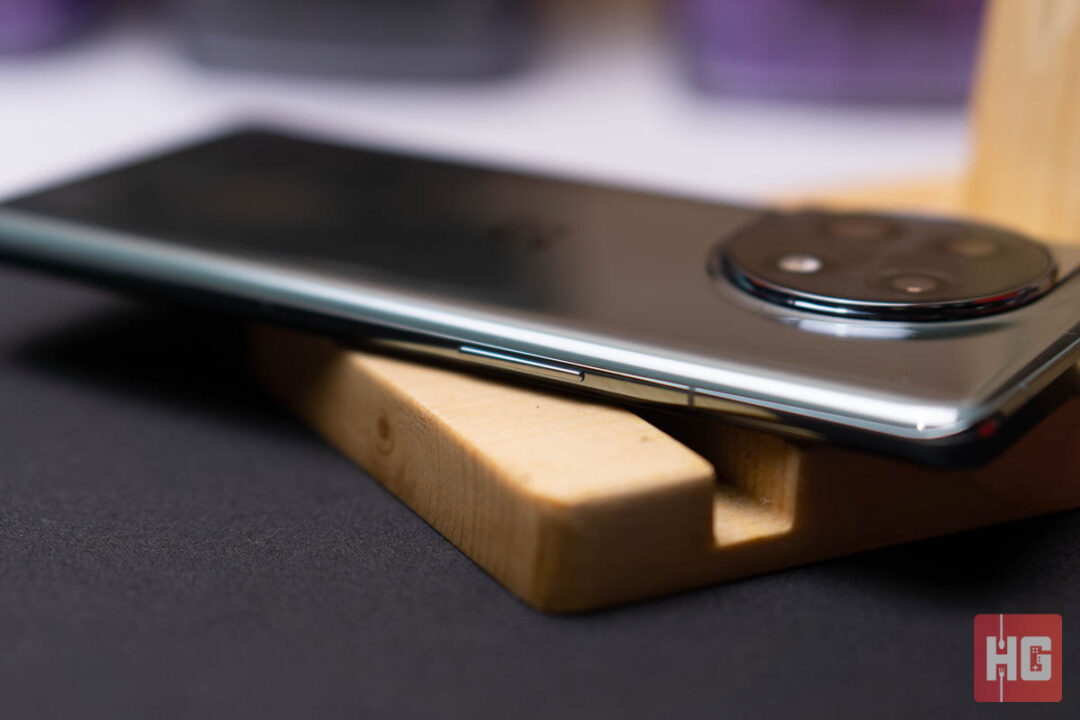
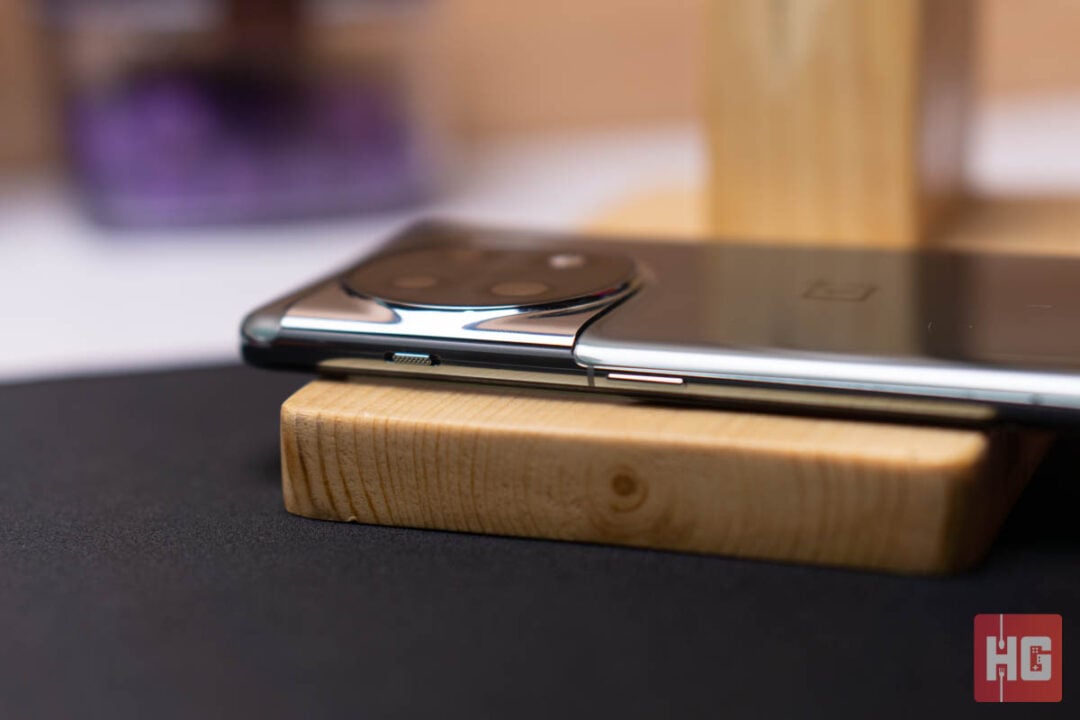
Its sides are curved and is made out of chromed aluminum for sleek handling and looks. The finish is a bit slippery in the hand but you have a bit more grip thanks to its 8.5mm thickness. The alert slider also returns at the top-right hand side that let’s you to switch from 3 Ring, Vibrate, and Silent on the fly. Below the slider is its power button while at the other side is the volume rocker, all of which have excellent tactility.

Populating its bottom are grilles for the bottom-firing speaker and microphone, USB-C port, and dual-SIM tray. Its shape is flatter compared to the sides and there is no option for expandable storage.

The OnePlus 11 has an updated 6.7-inch LTPO3 AMOLED display with a much higher resolution of 3216 x 1440 resolution compared to the 10T 5G, and Gorilla Glass Victus for protection . Thanks to LTPO, the screen can cycle from 1 – 120Hz refresh rate depending on the usage to save battery. It can now slow down to only lower rates when Always-Display On is activated or while reading e-books to save battery.
Colors look fantastic on its display and it does come with HDR so content that support it will look even better. Color balance is slightly off with green hues being faintly weaker than red and blue. Contrast, however, is excellent and blacks look deep thanks to its AMOLED panel. Coverage is plenty wide for any content peaking at 98.10% DCI-P3.
OnePlus advertises its typical brightness at around 500 nits. When measured, the screen’s maximum typical brightness is shy of the company’s promise at only 471.4 at maximum. The screen will still be usable on any condition even under harsh sunlight.

The OnePlus 11 has two speakers – its bottom-firing speaker and earpiece. It sounds clean and can get loud at higher volumes. It seems that the company has focused tuning the speakers to deliver a more neutral sound signature with a focus on vocals. Bass is definitely present but can be lacking in some tracks as they are not powerful enough.

The OnePlus 11 runs on OxygenOS 13 based on Android 13. Despite the different branding, it is nearly identical to OPPO’s ColorOS, which makes sense since they are sister brands. Some fans, however, are preferring a more stock Android experience instead of a heavily-skinned look of either brands.
OxygenOS packs in a ton of customization options when it comes to looks. You can choose from a Standard UI or Drawer Mode for the home screen and a Notification Drawer, Shelf, or Global shelf when pulling down from the top half of the screen. Like before, you can customize the look of the icons and text from various presets or create your own personalized look.
Most of the UI have rounded edges keeping in touch with Android 13 and its modern theme. You can set various haptic options via O-Haptics, which also adds vibration feedback for the on-screen buttons or gesture navigation.
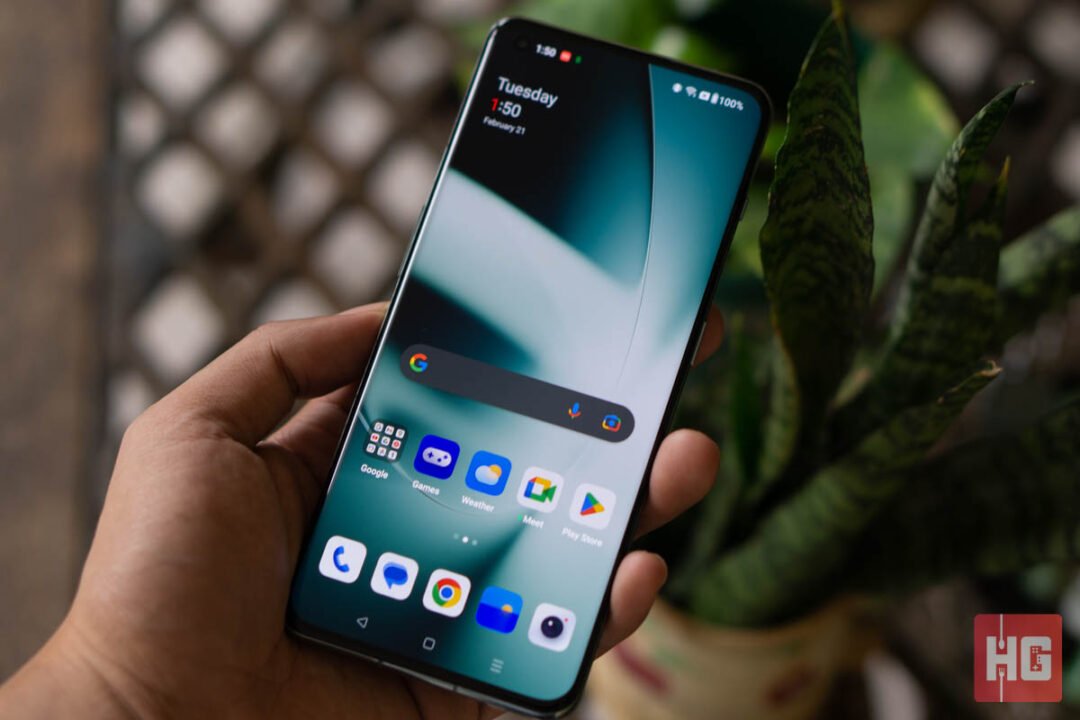
Always-On Display now comes with additional options. You can start with a minimalist theme but you can add Bitmojis, Doodles, custom patterns, or text on the AOD. Insights can be used for additional information but it is limited to a number of apps like music streaming and the like.
The home screen still can’t be fully customized. Google Discover cannot be disabled leaving the left side of the home screen unable to be used other than browsing current news. Icons and widgets will need to be placed at the right-hand pages.
The company is committed to delivering 4 years of Android updates and 5 years of security updates for the 11. This may be good for its longevity giving its users plenty of time to enjoy their device.

OnePlus is partnering with Hasselblad for their new flagship’s optics. A triple camera setup is found at the back composed of a 50MP f/1.8 Sony IMX890 main camera, a 48MP f/2.2 Sony IMX581 Ultrawide, and a 32MP f/2.0 Sony IMX709 Telephoto. At the front is a single 16MP f/2.4 selfie camera powered by a Sony IMX471 sensor.
The camera app is standard affair. The core photography and videography options are easily found on the viewfinder and can be scrolled through. Menus at the other side gives you access to additional options like Flash, Timer, AI, aspect ratio, HDR, and high resolution.
Scrolling to the “More” tab reveals extra modes such as Slow Motion, Dual-View Video, Time-Lapse, Panorama, Long Exposure, as well as creative options like XPan and Tilt-Shift.









The 50MP f/1.8 main camera takes 12.5MP photos after pixel binning. Photos come out fantastic as anticipated from a flagship-class device. Details are sharp and colors pop. There is no noticeable post-processing on the photos making them look natural. Dynamic range is great as it is able to correctly expose bright and dark areas while preserving detail.
Using Night Mode is a bit superfluous as Auto as it seems that the OnePlus 11 uses the same algorithm for both. Low-light performance is equally impressive as daylight photos. There is a bit more noise on shots but that’s to be expected. Colors and details, however, are still splendid. It does overprocess the sky at times looking bluer than it actually was at the time of shooting.









OnePlus 11’s trend of taking great photos continues with its ultrawide camera. Photos will come out to only 12MP after pixel binning. There’s minimal advantage in using its full resolution. The ultrawide shooter does introduce some noise in photos but not too much to be noticeable. Colors look well-saturated without being artificial.
Low-light quality remains good on the ultrawide shooter. There is low noise despite darker conditions while dynamic range performs well as exposure on brighter spots is bang on. Details are clear in most photos but the post-processing is obvious colors look more vivid than in reality.

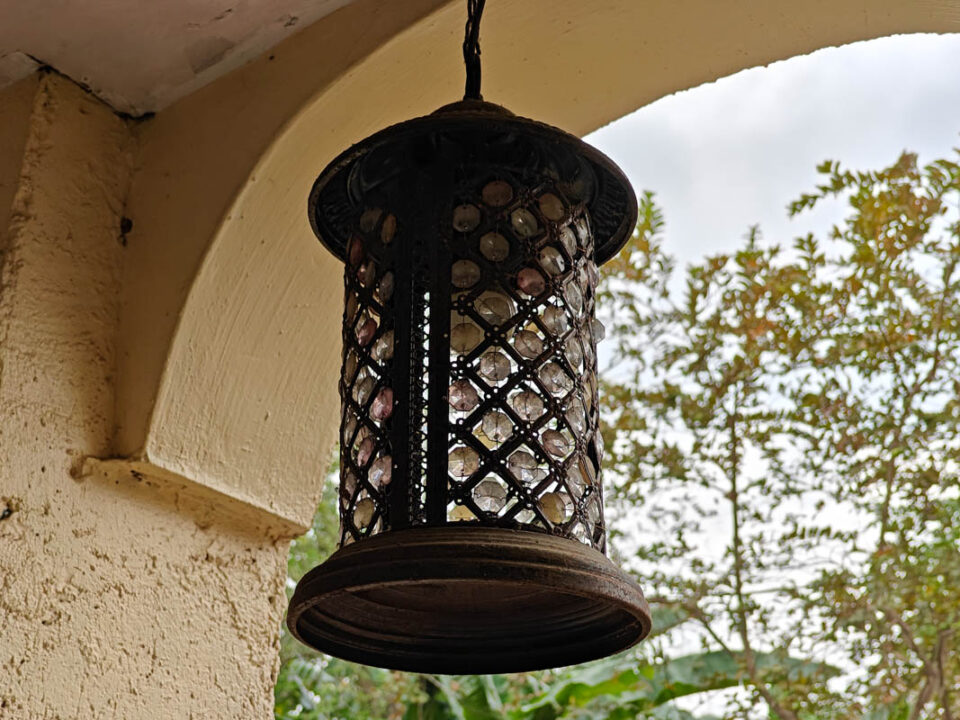
Its third rear camera is a 32MP f/2.0 telephoto lens with a Sony IMX709 sensor that can do up to 2x optical zoom. Zoom levels are not the best as other flagship smartphones can do up to 10x optical but they are more expensive than the OnePlus 11.
The optical zoom level isn’t particularly impressive as it is only 2x but quality is close to that of the main camera. Colors look pleasant and details are well preserved. There is also a nice amount of background blur and its focal length makes it better for portrait photos.

It seems that OnePlus has backed off some of the aggressive processing on its selfie cameras unlike its sister brand. Resolution is only 16MP but selfies still look remarkable. Colors are balanced with plenty of details especially at the center. Skin looks natural when filters are turned off but portrait mode leaves a lot to be desired particularly when detecting smaller objects like earrings and hair.

The flagship-class Snapdragon 8 Gen 2 chipset powers the OnePlus 11 complemented by up to 16GB of LPDDR5X RAM and up to 512GB UFS 4.0 internal storage. Performance is pretty much top-notch as it delivers a snappy experience regardless of workloads or number of apps open in the background.
Canned benchmark programs are a non-issue for the chipset. It breaches the 10 thousand and 1 million mark in both PCMark Work 3.0 and AnTuTu, respectively. In GeekBench, multi-core score is just shy of 5,000 and Vulkan Score is set at 8,882.
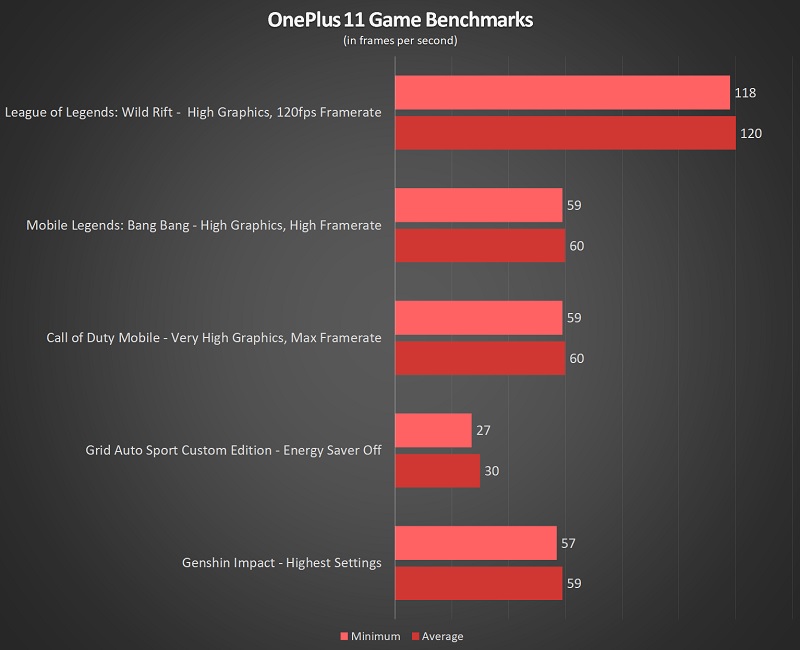
The OnePlus 11 can handle any game that you throw at it but not every title will support its 120Hz display. Most games are still limited to 60fps but you can bump up the graphics to the highest possible settings while still maintaining steady framerates. In Genshin Impact, the smartphone averages 59fps with minimal frame drops. Games that do support 120Hz like League of Legends: Wild Rift will get a noticeable increase in responsiveness thanks to steady framerates and faster screen.
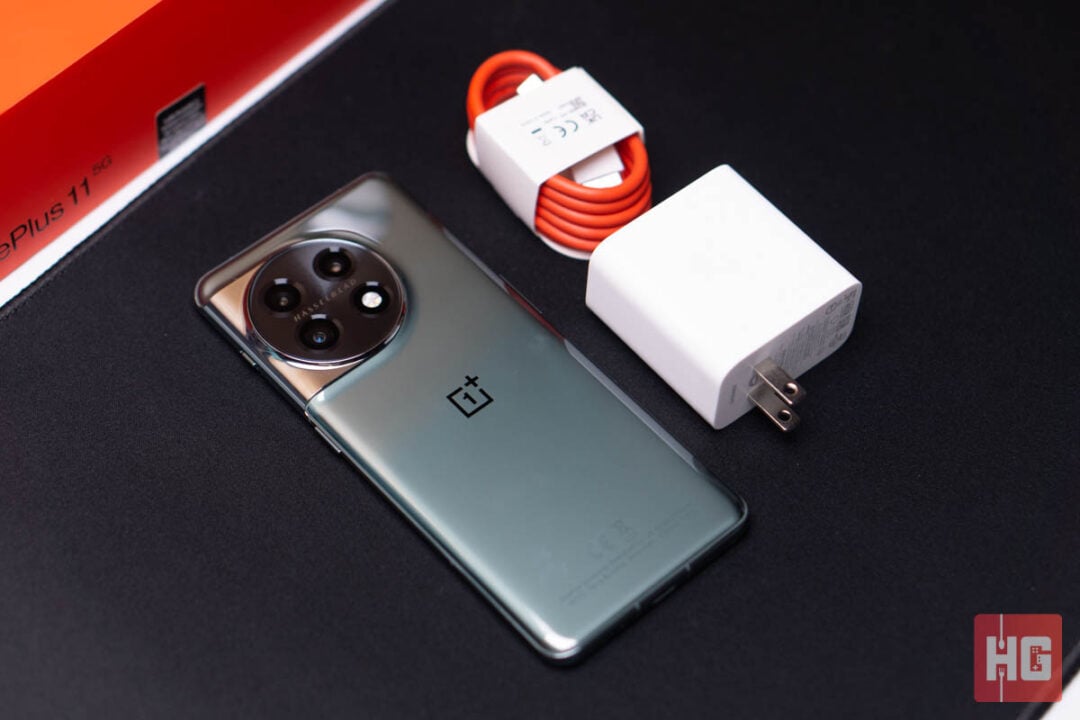
A 5,000mAh battery powers the OnePlus 11, which is pretty average for its class given its thin profile. Its more efficient chipset gives it longevity than previous flagships. We were able to get a day and a half of average use connected to the Internet mostly via WiFi and at times 5G. Always-On display is also turned on during our testing but thanks to its dynamic refresh rate, battery life is minimally affected.
Running PCMark Work 3.0 with 120Hz yielded 12 hours of use with medium volume and brightness. You should be able to get a bit more battery life if the display’s refresh rate is bumped down to only 60Hz.
Charging is simply fast. Thanks to its support to 100W SuperVOOC, its can fill up its battery pack from 5% to 100% in just 25 minutes. There is no plateau unlike other smartphones where they will only boost charging speeds up to 80% but then slow down charging. The OnePlus 11 just has a linear charging speed aiming for the fastest time to full.

The OnePlus 11 has a lot going for it. Performance of its chipset is what you expect from a high-end device. Battery life is improved while charging speeds is impressive topping out the smartphone in just a few minutes. The display and audio are top-notch delivering an entertainment experience above its price.
The cameras are simply superb. It seems that their collaboration with Hasselblad has done wonders with performance. All three cameras at the back are useable and deliver their own flair on photos. The selfie camera could use some care especially with its portrait mode.
Longtime OnePlus fans might be disappointed with OxygenOS 13 since it is becoming a reskinned version of ColorOS 13 with each generation. The selfie camera could also use some tuning to mimic the performance of the rear cameras, and the 2x optical zoom of its telephoto camera is a bit short compared to other flagships. There are also some omissions to undercut the competition like wireless charging and the more favorable IP68 certification.
The OnePlus 11 sits at a favorable position just below the “true” flagship smartphones. It mixes both the performance found on flagships while only cutting down some of the extras to keep its price lower compared to similarly specced smartphones. Its software might be the deciding factor as some users might not like what OxygenOS 13 has become in the intervening years.

When taking everything into consideration, the OnePlus 11 is one hell of a smartphone for the buck despite some nitpicks. This is why we are giving it our seal of approval.
The OnePlus 11 is priced at PhP 45,990 and PhP 49,990 for the 8GB/128GB and 16GB/256GB variants, respectively. It will be available for pre-order starting February 22, 2023 until March 2, 2023 through the official OnePlus Lazada and Shopee flagship stores and authorized retailers nationwide.
Pre-ordering the OnePlus 11 will net you a PhP 2,000 discount on the OnePlus Buds Pro 2, which by itself costs PhP 9,990.
